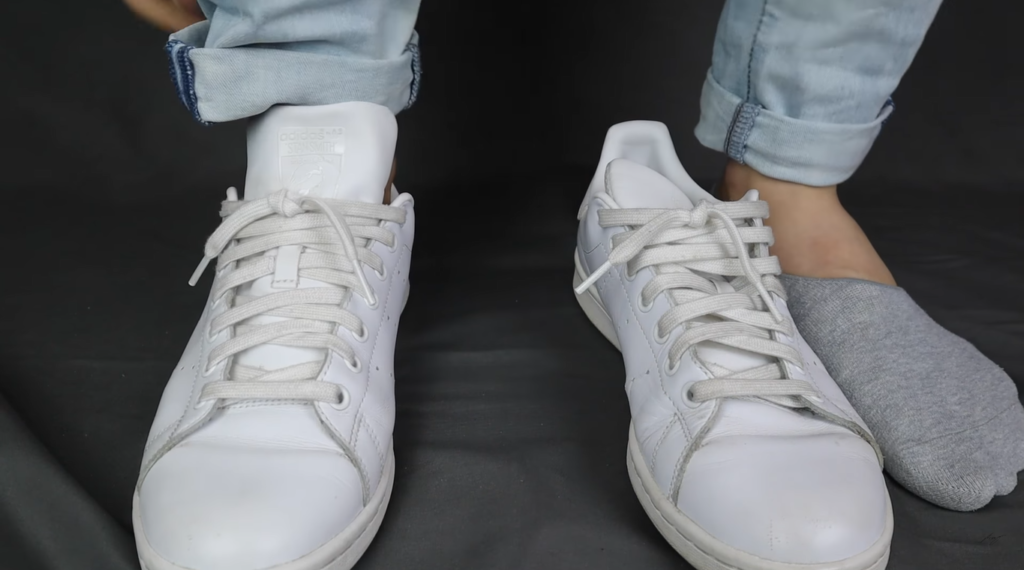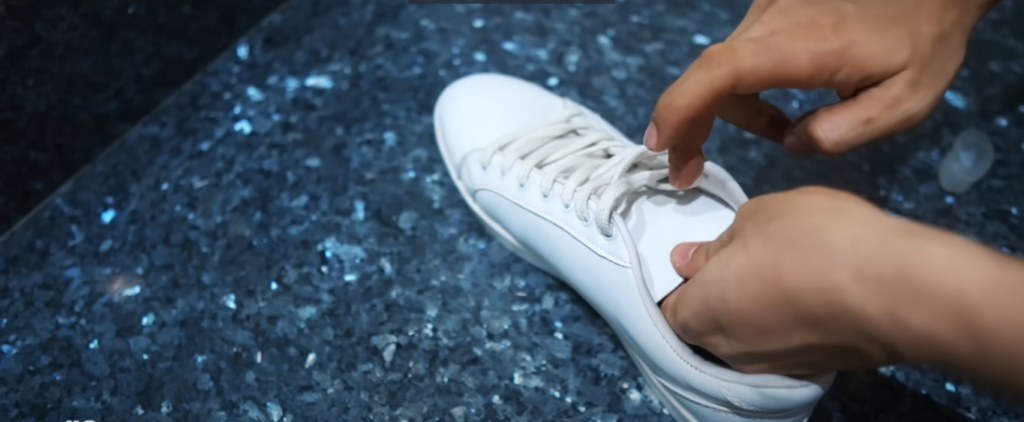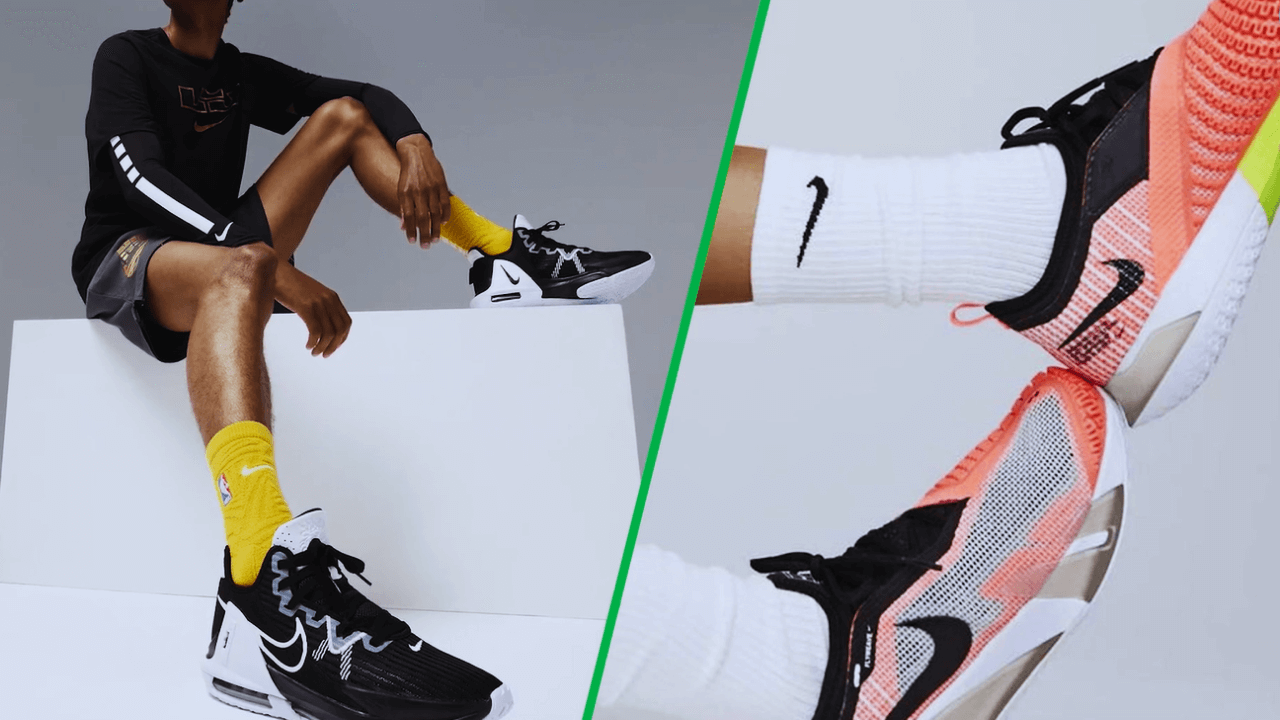Choosing the right shoes for sports is crucial for optimal performance and safety. Each sport and activity requires specific features and design elements. This makes shoes meet the movement’s demands and prevent injury.
When it comes to running, it is essential to have shoes that provide cushioning, support, and protection from the impact of running on hard surfaces.
However, some may wonder if they can use their volleyball shoes for running instead of buying a pair of running shoes. Volleyball shoes give lateral movements, such as jumping and landing, and provide stability and support.
But can they also be suitable for running? Let us explore whether or not volleyball shoes are good for running and the potential risks and benefits of using them for this activity.
Differences Between Volleyball Shoes And Running Shoes
Volleyball shoes vs. running shoes that make them suitable for their respective sports. Volleyball shoes provide lateral stability and support for quick side-to-side movements and jumps. They have a low-cut design allowing ankle flexibility. The gum sole provides excellent traction on indoor courts.
On the other hand. Running shoes provide cushioning and support for the foot’s impact on the ground. They have a thicker sole and higher heel drop, promoting a heel-to-toe gait cycle, the natural running stride. Running shoes also come in various styles, such as minimalist, trail, and cushioned, depending on your running.
Insight View On Are Volleyball Shoes Good for Running?
It is technically possible to use good volleyball shoes for running. But it is not recommended. Volleyball shoes give a different type of movement. But they do not provide the necessary cushioning and support for running.
The sole of volleyball shoes provides traction for lateral movements. It may not provide enough grip on the pavement or other hard surfaces.
The cushioning in volleyball shoes is also designed for jumping and landing, not for the impact of running. Running shoes provide the necessary support, cushioning, and protection for the feet during running.
It is always best to use shoes specifically designed for the activity you are participating in to prevent injury and optimize performance.
How to Choose the Right Shoes for Your Running
Choosing the right shoes for your running is crucial for safety and performance. Factors to consider when selecting running shoes:
Sport-specific design:
Choose shoes for your sport to provide the necessary support and stability for your movements.
Foot type:
Consider your foot type, such as high arch, low arch, or neutral, and select shoes that provide proper cushioning.
Size and fit:
Choose shoes that fit well and are comfortable. Make sure there’s enough room for your toes to move and wiggle.
Surface:
Consider the surface where you’ll play or run and select shoes with the appropriate sole.
Style:
There are different styles of sports shoes, such as minimalist, trail, and cushioned, which cater to different types of activities and preferences.
The Importance of Proper Footwear

Wearing proper footwear is essential for maintaining good foot health and preventing injuries. Proper sports shoes provide support and cushioning for the foot’s impact on the ground, reducing stress and pressure on the foot’s bones, muscles, and ligaments.
They also provide stability and prevent excessive movement that can cause sprains and strains.
Moreover, wearing improper footwear can lead to various foot problems such as blisters, corns, calluses, plantar fasciitis, and Achilles tendonitis. These conditions can cause discomfort and interfere with your performance and daily activities.
Tips for Maintaining Your Running Shoes

To prolong the life of your shoes and keep them in good condition, follow these tips:
Clean them regularly:
Wipe off dirt and dust using a damp cloth and mild soap. Avoid using harsh chemicals that damage the shoe’s material.
Air them out:
Allow your shoes to dry and air out after each use to prevent bacteria and fungi growth. Avoid drying them under direct sunlight or a heat source, as this can damage the shoe’s material.
Rotate them:
Use different sports shoes for different activities to avoid wearing them out quickly. This also allows the shoes to rest and regain their shape and cushioning.
Replace them when necessary:
Sports shoes have a lifespan of 300-500 miles or six months to one year. Depending on the frequency of use and intensity of the activity. Replace your shoes when you notice wear and tear, such as a worn-out sole or lack of cushioning.
When to Replace Your Running Shoes
Running shoes have a limited lifespan and must be replaced when they lose their cushioning, support, and traction. Some signs that tell that it’s time to replace your sports shoes:
Worn-out soles:
Check the sole of your shoes for signs of flattened treads, holes, or separation from the upper. Worn-out soles can affect your traction and stability, increasing your risk of slipping and falling.
Lack of cushioning:
If your shoes feel less cushioned or comfortable than before, it may be a sign that the midsole has worn out. Lack of cushioning can increase the stress and impact your feet, leading to injuries and discomfort.
Uneven wear:
Check the sole and upper of your shoes for signs of uneven wear, such as one side of the sole wearing out faster than the other. Uneven wear can indicate a structural problem with the shoe or an imbalance in your gait, leading to injuries and pain.
Pain or discomfort:
If you experience pain or discomfort in your feet, legs, or back during or after exercise. It may be a sign that your shoes no longer provide adequate support or cushioning. This can lead to chronic injuries and affect your performance.
Conclusion
Choosing the right sports shoes is essential for preventing injuries, improving performance, and maintaining good foot health. Whether you’re playing volleyball or running, selecting shoes that provide proper support, cushioning, and fit can significantly improve your performance and comfort. Remember to replace your shoes when necessary and maintain them properly to prolong their life and prevent foot problems.
FAQs:
Can you use volleyball shoes for running?
Volleyball shoes are for indoor court sports and unsuitable for running, as they lack the necessary cushioning and support for impact on hard surfaces.
Are running shoes good for volleyball?
Running shoes can be used for volleyball but may not provide the necessary lateral support and stability required for the sport. It’s best to use shoes specifically designed for volleyball to prevent injuries and improve performance.
Can you wear volleyball shoes outside?
While volleyball shoes are for indoor court sports, you can wear them outside on soft surfaces like grass or turf. However, they may need adequate support and traction.
